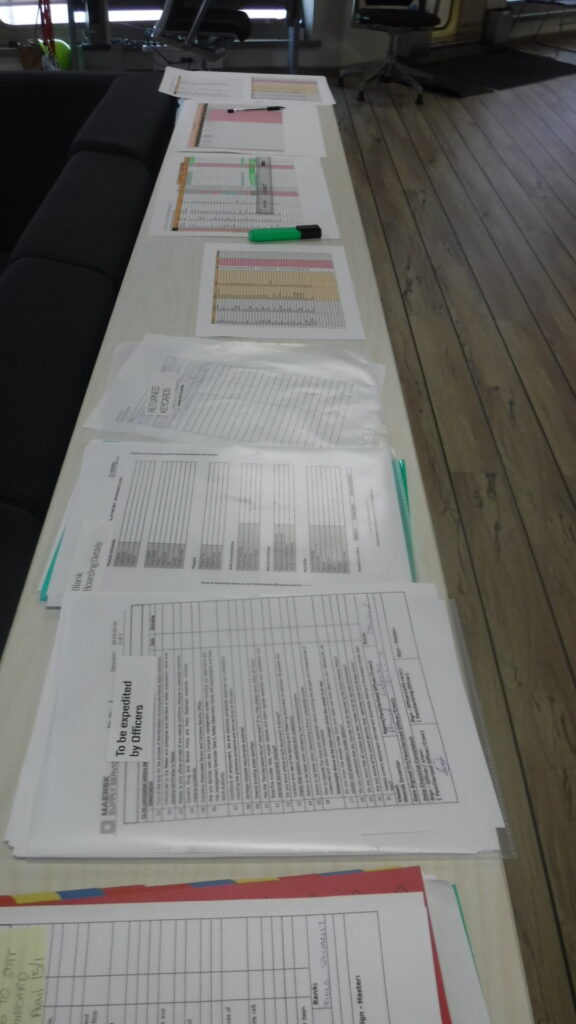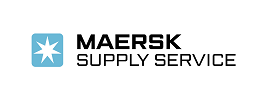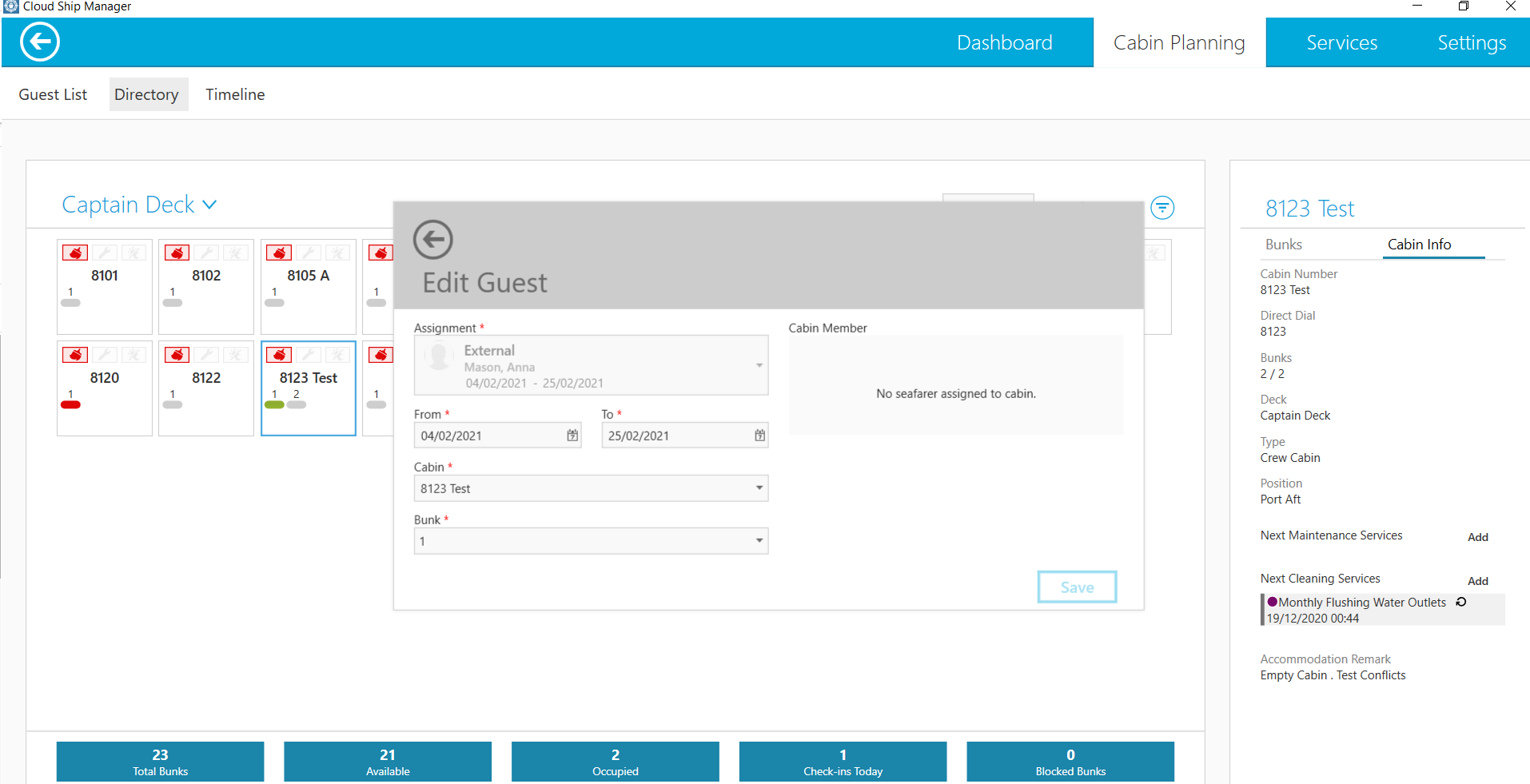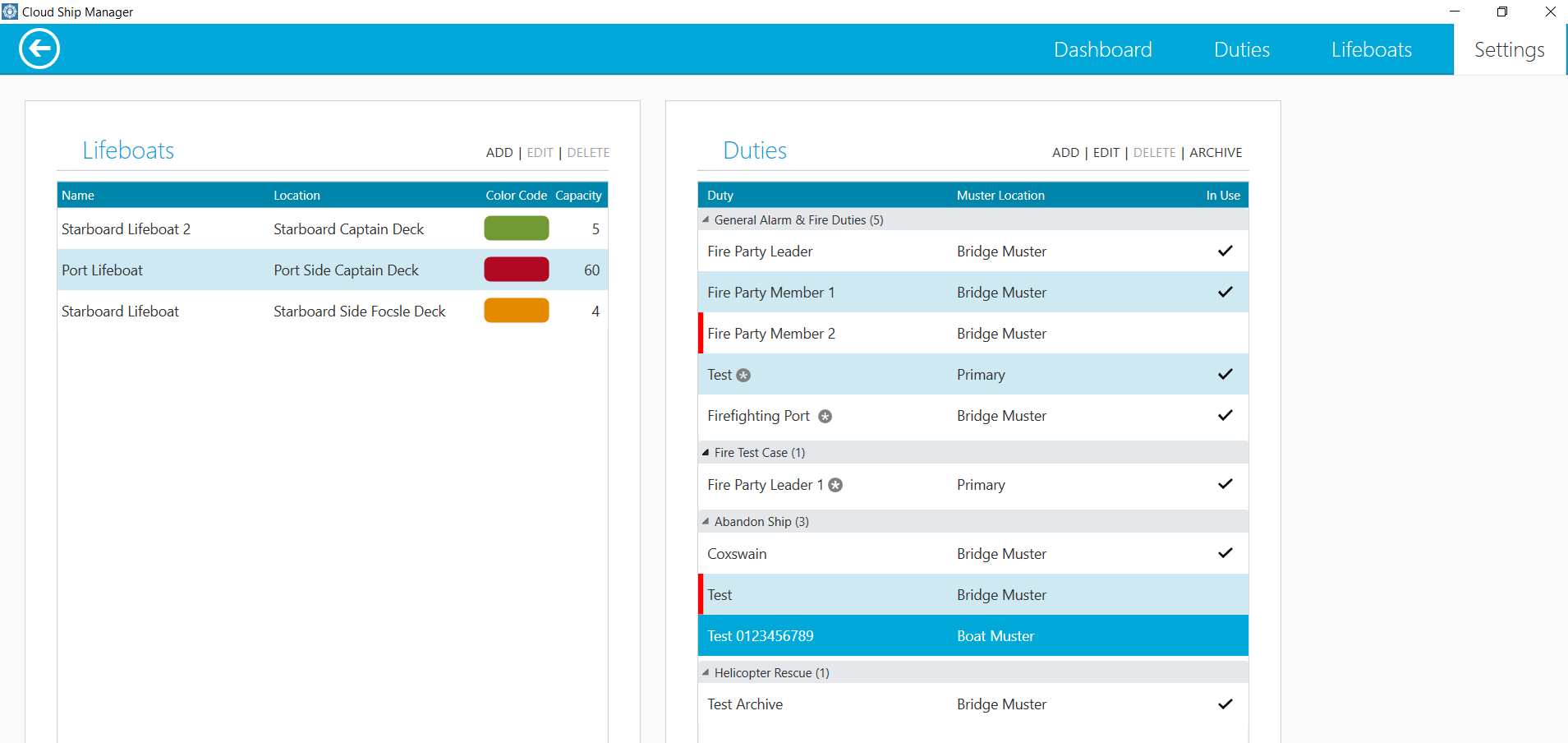
Authors
Anna Mason & Jesper Mariager Wolff, Project Managers, Operational Excellence
Maersk Supply Service’s new system has helped our offshore crew manage onboard personnel, avoid human errors and free up time to focus on operations. With a solution allowing vessel-specific planning, this digital improvement is rolling out across Maersk Supply Service’s entire fleet.
When Maersk Supply Service’s vessel Maersk Inventor, an I-Class Subsea Support Vessel, visited the port of Esbjerg in December of 2020, overnight it essentially became the largest hotel in the city, with accommodation space and beds for 120 persons. Many of our vessels are of a similar scale. Think about the amount of administrative work that goes behind managing these hotel functions aboard and ensuring the crew is at the right place at the right time. This was a challenge Maersk Supply Service was trying to solve. How can these crew changes become more efficient?

Simplification – a journey to digitalisation
Maersk Supply Service has been on a journey in efforts to simplify processes and increase efficiency. In 2019, we explored areas of the business that could be running smoother. From surveying the crew, we found that crew changes took up much time from general operations, particularly on vessels with an inconsistent flow of crew, external personnel, etc. Some of our second officers had to prepare for personnel at most two days before mobilisation. On top of that, they were spending a lot of time reviewing spreadsheets. Manual editing, duplication of work, and last-minute personnel change occurrences – without any foresight, suffice it to say there was room for human error. After exhausting various off-the-shelf solutions, we were unable to find an already developed CSM system that could be applied fleet-wide that was suitable for our large range of vessels. Therefore, a new development began to digitalise this process.
With respect to crew change and generally looking after our seafarers, we had to think creatively. What sorts of alternative modes of transportation could we use for crew changes? Was it possible to extend rotations? How could we focus on the fleet as a whole? In general, our seafarers were very understanding when prolonged sea service was needed. We also had some success collaborating across brands on crew change issues, with at least one case of a shared charter flight (together with Maersk Drilling) where a commercial option was not available. We also had success in mobilising seafarers as supernumeraries on our own vessels – to join other Maersk Supply Service vessels on arrival in foreign ports (where legally permissible). I was impressed by the overall patience, support and understanding of our seafarers during difficult times, with communication playing a key role. While far from perfect, we tried to keep our seafarers informed when crew change delays were inevitable or other challenges presented themselves.
Our goal was simple. We wanted to make it easier for our seafarers to manage the logistics around the crew, contractors and other passengers. From talking to our seafarers, we found this work impacted every crew change.
“Most vessels use their own muster list spreadsheets and programs etc. These are usually good and reliable but susceptible to errors, corrupt formulas etc. This enhancement in CSM will create a standard playing field across the fleet when it comes to cabin planning, muster lists, emergency duties and lifeboat/raft stations.” – Second Officer, Maersk Maker.
The Hotel solution
We collaborated with HanseaticSoft, which also created our crew resource platform, Cloud Fleet Manager, to ensure integration between the systems. With input from our User Stories, they created two modules, Accommodations and Emergencies, each with planning options and a dashboard for easy viewing.
These modules afford several key benefits.
- Avoiding human errors by minimising double work with spreadsheets
- Managing potential safety risks by clearly assigning each crew member a cabin, corresponding lifeboats and muster stations
- Planning in advance by scheduling the crew changes, thereby more easily managing peak periods
- Gaining real-time data of any changes enabling a clear overview
The Accommodations module allows the user to set up a planning platform specified to their vessel. On this platform, they can add seafarers directly from the Crew module to a bunk, with names and ranks automatically aligned with their seafarer assignment – but with the option to manually change if the need arises. Further, they can add cleaning services to each cabin with automated recurring intervals. Various overviews are available to assist with planning and notifying the user of overdue check-ins, services, shift conflicts, etc.
The Emergencies module allows for the same overview but relates to lifeboats and duties. The end goal here is an Emergency Muster list, with all seafarers allocated to a lifeboat and with specified seafarers for each duty.
Pilot programme to implementation
Our offshore crew have shown great engagement throughout this process. During the Pilot Programme, Maersk Connector, Maersk Maker and Maersk Tracker tested this solution to their unique needs. In addition, the users quickly picked up the new modules with minimal training, which is promising for fleet-wide adoption. With such an intuitive platform and simple user interface, the tool in practice makes sense. The roll-out has since occurred in phases, which began in March 2021. As of May, the solution has been rolled out to 19 vessels.
Even though the modules were deemed ready for a wider release, the roll-out process has provided important feedback. As a result, we now have quite a few significant features in the pipeline. We realised that many of our vessels had their own, tailored spreadsheets with customised hotel overviews – perfect for standard crew changes on smaller vessels. The aim of the new modules is to compete with even these spreadsheets by offering integrations with the Crew module and allowing to instantly update the database regarding cabin, lifeboat and emergency duties – and export them for print.
We plan to have integrated the modules to all vessels at the beginning of Q3 2021, which coincides with the final touches being made by Hanseatic Software.



